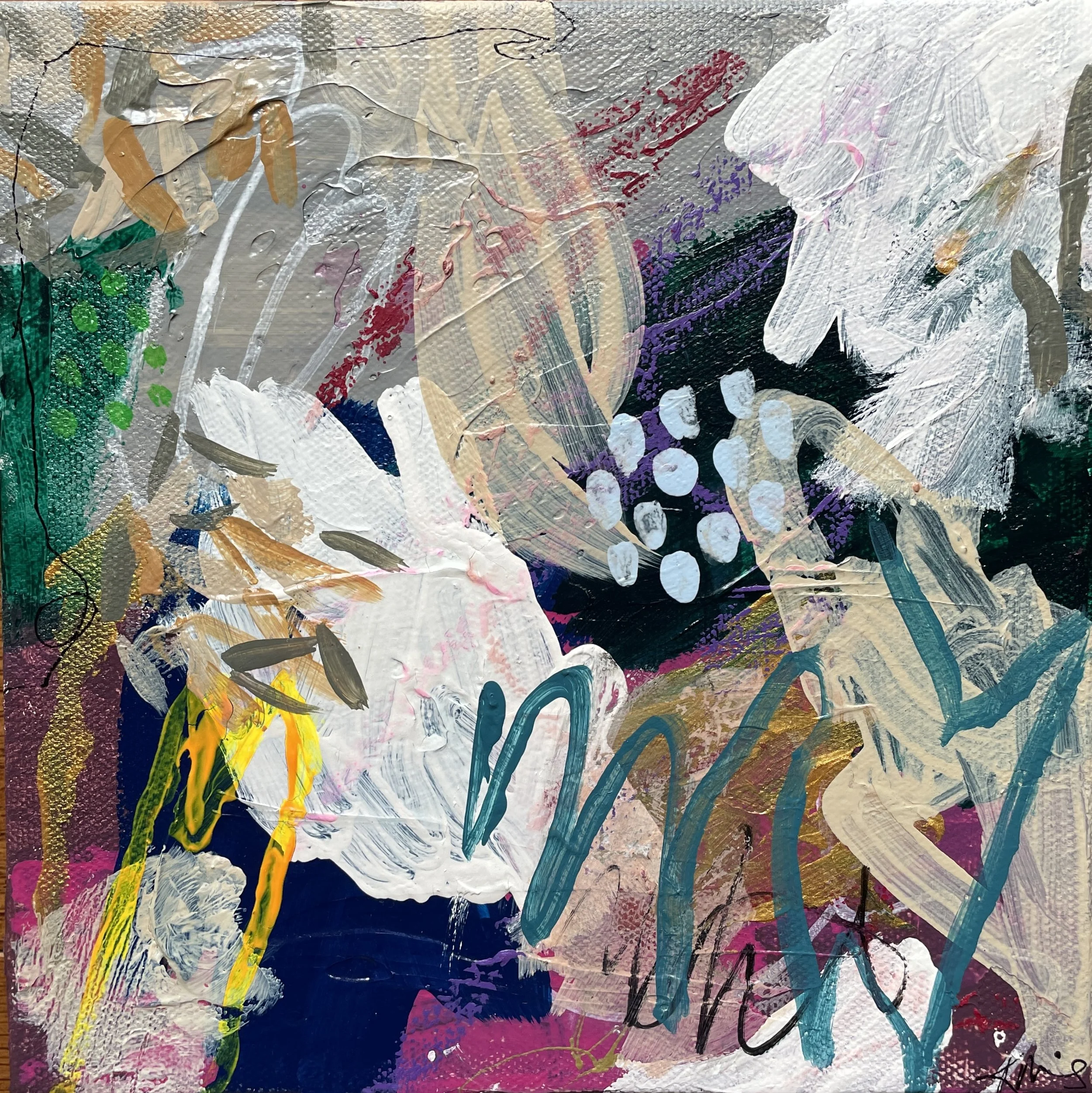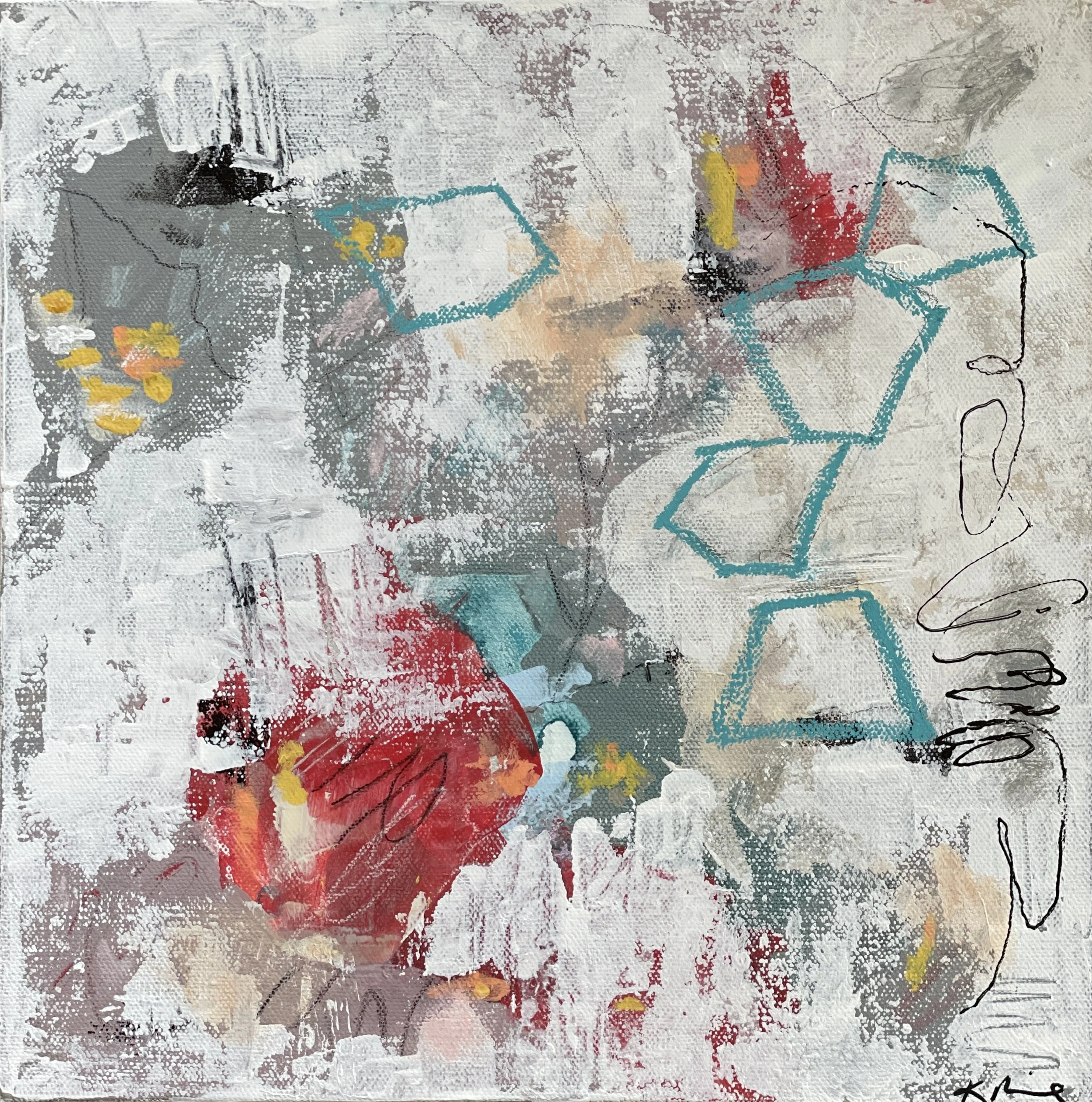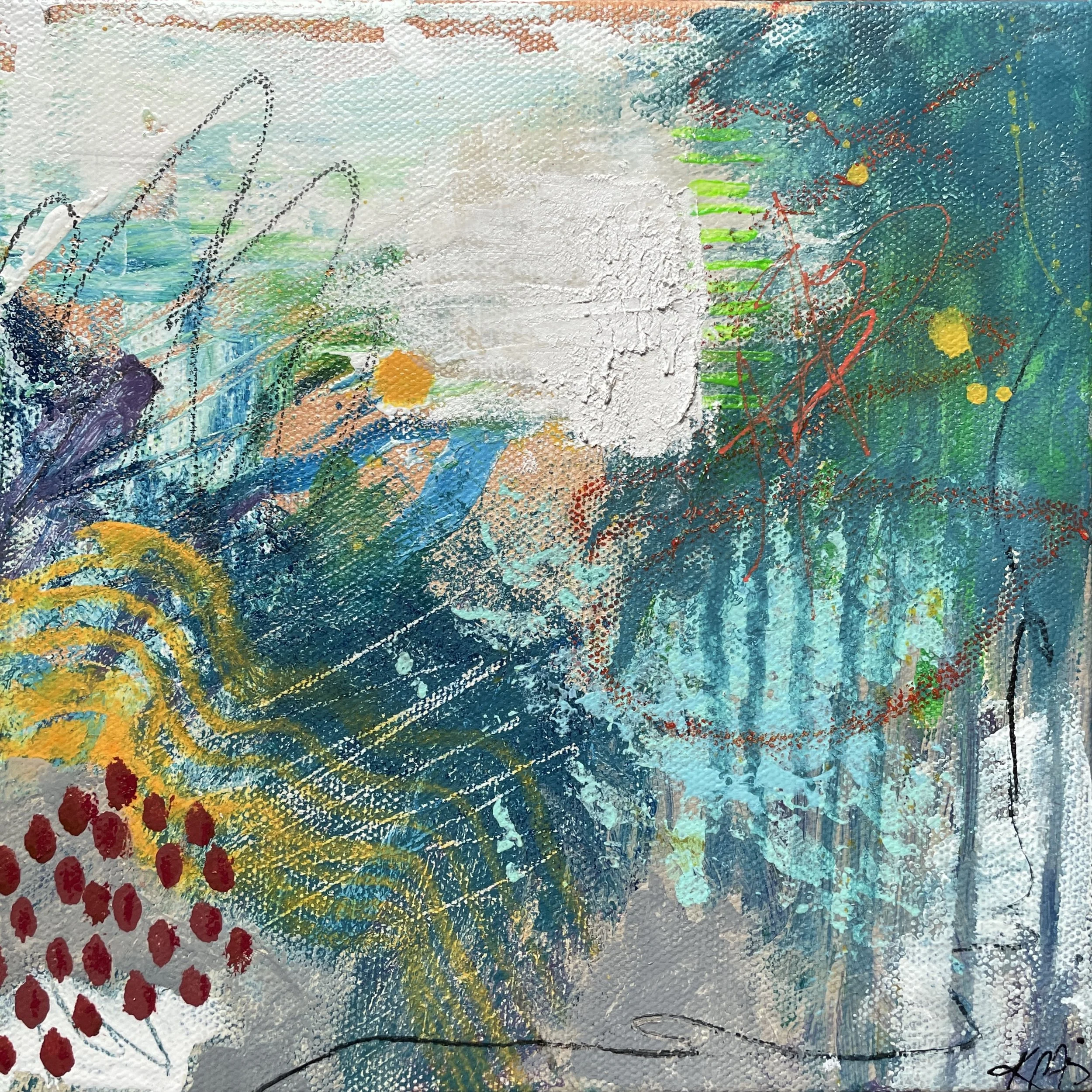Relinquish Collection
To let go is to admit powerlessness, which means the outcome is not in my hands.
To let go is not to deny, but to accept.
To let go is not to regret the past, but to grow and live for the future.
To let go is to fear less and love more.
from Nelson Mandela’s “Letting Go”.
One might assume that after three years of being disabled, I would have accepted my new reality and moved past my old identity. Unfortunately, that’s not the case. Each day, I wake up hopeful that I will be cured and able to return to my previous job, my responsibilities as a mom, my ability to walk, read, listen to music, leave my home, and fully engage in life.
At the time of writing, it has been 1,231 days of obsessing over healing, pushing my brain beyond its capacity in search of an unknown cure, and living in fear of the future. I’m well aware that being this severe more than three years after infection carries a poor prognosis—research suggests that fewer than 4% recover—yet doctors continue to tell me that everything is unknown and my recent diagnosis of heart failure further complicates my future. So, I hold onto an anxious hope of returning to who I was.
In my personal experience meeting others with severe Long COVID, I have seen very few recover. Unfortunately, I have also seen many succumb to the illness, making thoughts of the future deeply unsettling. I have moved past the point of return professionally: I have irrevocably lost my ATC license, my CSCS certification, and my Kansas physical therapy license. Unless I experience rapid cognitive improvement, I will soon lose my Missouri PT license as well, making it impossible to return to the career I dedicated my entire adult life to. However, my recent new diagnosis of heart failure makes the professional losses seem trivial.
Why is accepting this life change so difficult, even after three years? I believe the lack of a clear prognosis from physicians—something that would typically be provided in cases of amputation, stroke, or spinal cord injury—makes it more challenging. Additionally, my brain injury affects my perception of time. My short-term memory is so impaired that time moves unusually fast when I’m unable to form new memories. Frontal lobe damage further distorts my sense of reality, making it feel dissociative.
Through more than six hours of daily meditation, I’ve come to understand the value of living in the present moment. Like many others, I once believed I had control over my future. But the harsh reality of this illness has shown me that none of us truly do. The only thing I can control is my response—my thoughts and perceptions. So, I’m doing my best to move forward, to let go of my past life, and to find joy in today. It is time for me to move forward with the life I actually have, rather than waiting for the life I once wanted and expected.
We may have little control over our circumstances, but we get to choose how we respond to them. This doesn’t mean I’m giving up hope. I’m simply trying to move toward acceptance of my current reality. I hope that by letting go, I will finally find peace. Holding tightly to the past and everything this illness has taken from me only prevents me from appreciating all that I still have.
My latest painting series explores the process and challenges of my journey toward acceptance, peace, and happiness. I know I’m not alone in this struggle, and I hope this series inspires others to live in the moment and find joy in the unexpected.
*Because of my disability I work much slower than typical artists, so please be patient as I continue to expand this collection over time. New work added periodically.
Tidal Surrender
24x24 Acrylic, Oil Pastel and Charcoal on Canvas
As I created this piece, I reflected on the idea of surrender and the limits of human control. Influenced by my own experience suffering with Long COVID, I investigated the connection between the ocean’s tides and the unpredictable nature of life. By letting go and surrendering to the unknown, I found that beauty can emerge from the chaos.
Equilibrium
24x24 Acrylic on Canvas
My 3.5-year journey with Long COVID has been filled with instability. It has been six months since I left my home for anything other than a medical visit. With a strict, regimented routine, I’m finally returning to a somewhat stable baseline.
As part of my daily routine, I rest with no stimulus every 90 minutes, totaling approximately six hours each day. I also require brain rest for two hours before and after conversations, avoid fast-paced programs, absolutely no music, or reading, and stay indoors to minimize unnecessary stimulation. Even slight deviations—such as spending too much time scrolling on social media—can result in days or weeks of worsened neurological symptoms, leaving me bedridden.
Ironically, I forgot to set a 10-minute timer while painting this piece. I became so absorbed in the flow that I didn’t realize 40 minutes had passed until I lost fine motor skills, could no longer hold a paintbrush, and needed assistance to get from the floor to my wheelchair. An evening full of seizures followed shortly afterwards. Now all I can do is rest and hope this mistake doesn’t cost me days or weeks of additional suffering.
Hopes
8x8 Acrylic, Oil Pastel and Charcoal on Canvas
After becoming suddenly physically and cognitively disabled overnight by COVID-19 I’ve had to significantly adjust my life plans. Initially I had hopes of complete recovery, but after 3.5 years of being home bound, in a wheelchair and requiring a full time caregiver I’ve begun to adjust my life goals. Even more limiting is recently discovering the damage to my heart is extensive enough that my Long COVID is likely terminal. Regardless, I still have hopes to continue to be a loving mother to my 3 children, supportive partner to my husband/ caregiver, and listener to my dependable friends. I will maintain a positive attitude despite my uncertain future, it’s the only thing I have control over.
Time
12x12 Acrylic, Oil Pastel and Charcoal on Canvas
Since my brain injury, my relationship with time has completely changed. I remember almost nothing from the first 1.5 years after my COVID infection. Now, three years later, my days all feel similar since I’m homebound and spend much of each day in bed without stimulation. It feels like I blink, and suddenly, it’s the next month. I’m not sure why time passes so unbelievably fast now, but my guess is it’s because I’m no longer creating memories like I used to. My day-to-day working memory is still quite poor, so when I look back, I only recall the highlights of the past weeks and months. Honestly, some days are rough enough that I consider this a small blessing.
Unraveled Realities
8x8 Acrylic, Oil Pastel and Charcoal on Canvas
Three and a half years into my Long COVID recovery, I spend 18-24 hours a day lying in bed, removed from all stimulation. My imagination drifts, and I frequently see brilliant colors, shapes and textures that mostly resemble images found in nature-likely because I crave being outdoors, yet my brain is unable to tolerate it. I’ve learned to treasure my imagery of nature and am grateful that in my 46 years of healthy life to have had incredible outdoor experiences that now serve as a foundation to my dreams.




